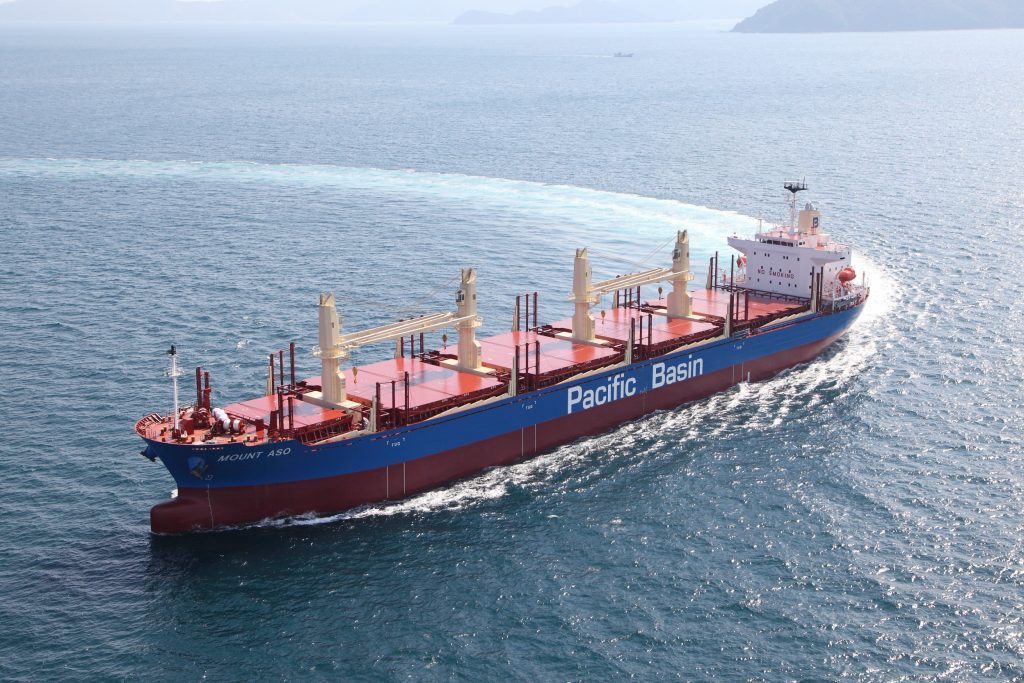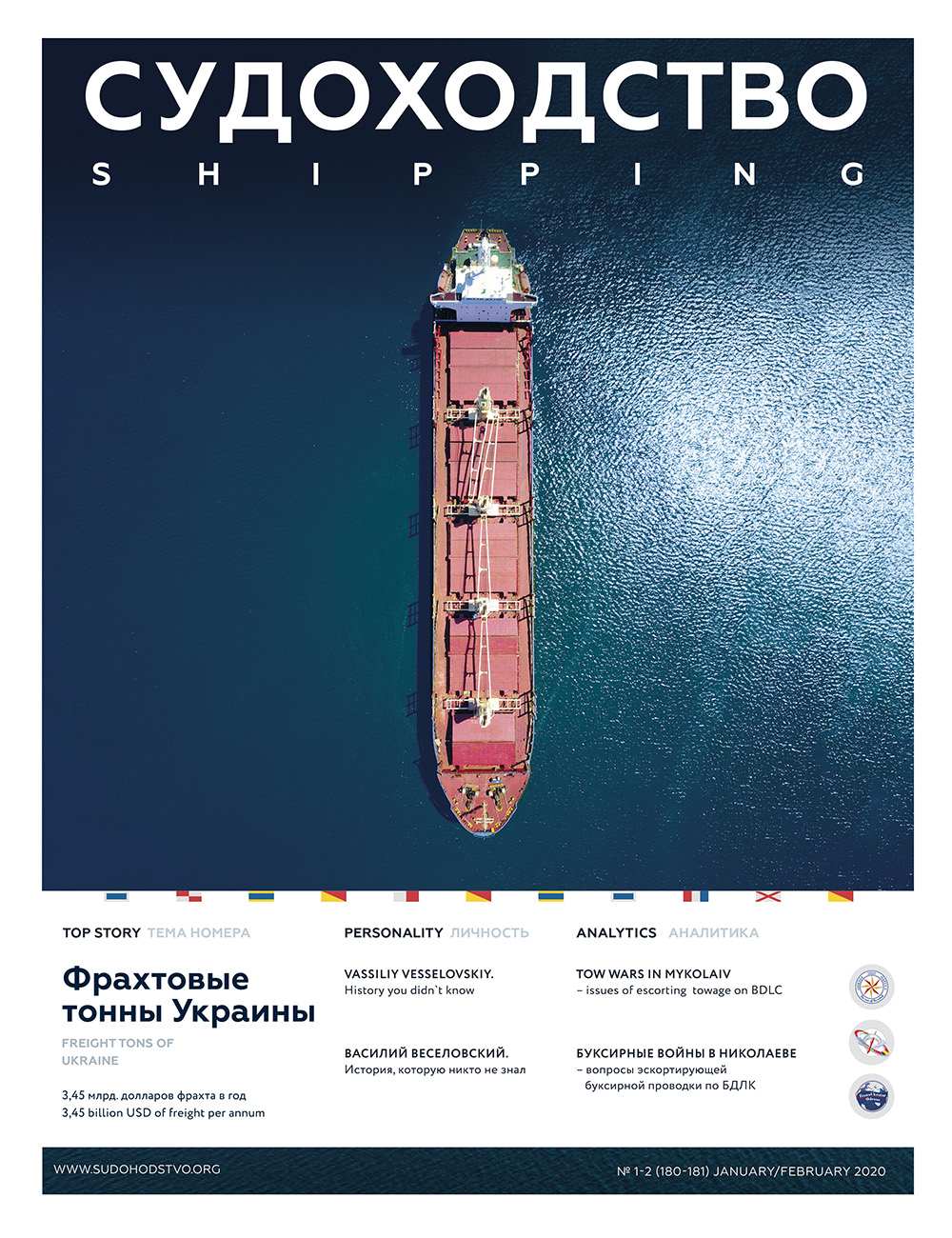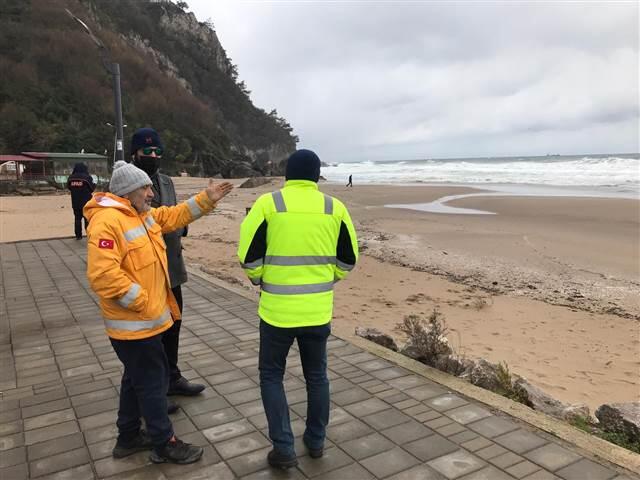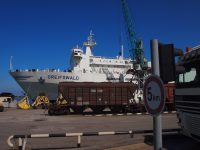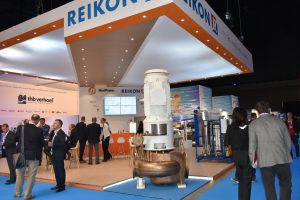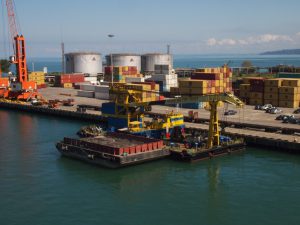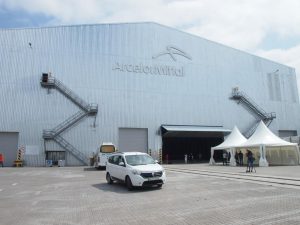Every year 62.7 trillion ton-miles of cargo are transported around the world, and looking to the future, the International Transport Workers’ Federation (ITF) and the World Maritime University (WMU) have released the first ever, independent and comprehensive assessment of how automation will affect the future of work in the transport industry.
The forward-looking assessment, produced by WMU, investigates how the global transport industry will change as a result of automation and advanced technologies, forecasting and analyzing trends and developments in the major transport sectors — seaborne, road, rail and aviation — to 2040 with an emphasis on the implications for jobs and employment for transport workers.
Seafarers
Foresight simulations conducted for maritime transport show that the introduction of highly automated ships will reduce the growing rate of demand for seafarers globally by 2040 compared to baseline projections based on current technology. The introduction of highly automated ships could reduce the global demand for seafarers by 22 percent. The simulations show that such effects are not compensated for by the increase in volume of seaborne trade projected for 2040 — this reduces the effect of automation eight percent.
Despite the percentage decline, in absolute terms, the number of seafarers required by 2040 is expected to be significantly higher now. What technology is expected to do is to slow down the increase in the number of seafarers needed to carry out global trade.
The Pace of Change
The report concludes that the introduction of automation in global transport will be «evolutionary, rather than revolutionary,» and that «despite high levels of automation, qualified human resources with the right skill sets will still be needed in the foreseeable future.»
Technological advances are inevitable, but will be gradual and vary by region. This will make their effects on employment predictable. Low-and medium skilled workers will be exposed to the high risk of automation. However, the pace of introduction and diffusion of technologies will depend on differences in the development stage of countries and their comparative advantages.

